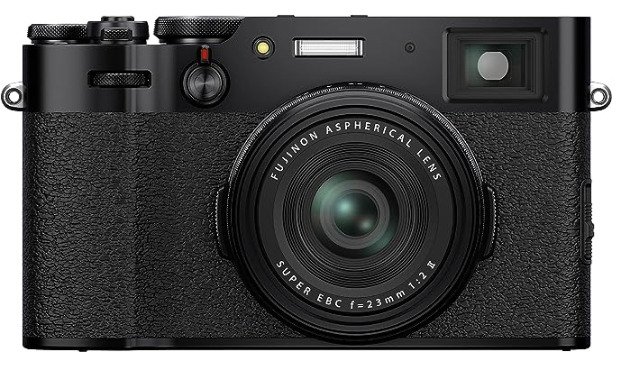Let’s have a virtual hands up. Who has bought a camera over the internet based on its reviews without ever physically trying it? I bet there are a few of us, myself included. There will be a few amongst us that will have caught a dose of buyer regret, and probably not because of the camera’s image quality but because of the way it handled, it’s ergonomics. Ergonomics is the science of man/machine interactions, but to you and I it just means, does it feel right? So lets have a look at why ergonomics are important when purchasing a camera.
Overall Handling – Many of us can spend long hours taking pictures, the camera can be in our hands for a high percentage of the day. The camera manufacturers spend huge sums, getting their ergonomics right, but of course we are all different, so no camera is going to be perfect. When buying a camera you need to consider how it feels in the hand with small lenses and with large lenses. Does your hand grip the camera nicely or do you feel some part of the camera body creating undue pressure on you. Does the weight feel right? Some people like big hefty camera others prefer something lighter. Imagine how that camera is going to feel after several hours in the field.

The camera should feel right in your hand by StephenMitchell, on Flickr
The Controls – It is here where ergonomics really starts to come into play. Those of us that use our cameras in the manual modes really need a camera where everything falls into place nicely. You want a camera where you can access and change the exposure settings without thinking and without having to move the camera from the eye. The shutter and aperture controls should be the most accessible of all the controls as these are the ones your will change the most, the best designed cameras will have both of these as control wheels usually on the top plate of the camera.
Second to this are controls such as exposure compensation, exposure and focus lock, bracketing and depth of field preview. Novice photographers will not be too concerned with these controls but as you get more experienced you will find yourself using some if not all of them frequently. This is why you will find that lower end cameras both compact and DSLR often bury some of these controls in the menu whilst higher end cameras will include the controls on the surface of the camera body somewhere.
The positioning of the controls is as important as the ergonomics of the body, poorly placed dials can cause shooting fatigue. Again whilst most cameras have well thought out controls, they may not be perfect for you.

Do the controls fall easy to hand by Tùng béo, on Flickr
Viewfinder – The ergonomics of the viewfinder are often overlooked yet it is our interface from the camera to the scene. A well designed viewfinder will be bright and cover 95%+ of the actual image area. The LED displays in the viewfinder should be clear yet informative, giving us just enough information to shoot without taking the camera from our eyes, yet not overloading us and distracting our eye from the image. Eyesight diopter controls are also an important aspect to consider if your eyesight is less than perfect.
Menu – This can be one of the toughest things for designers to get right, yet again it is important to the photographer to be able to navigate easily to change settings on the fly. By their very nature modern digital cameras are incredibly complex pieces of kit with huge arrays of settings. A well designed menu will group connected items into sub-menus and also have a menu for frequently accessed items. Some cameras even learn what you are accessing frequently and create this quick access menu for you.

The menu should be clear and easy to navigate by delphwynd, on Flickr
Physical Interfaces – Whilst not as important as some of the other aspects, the position of physical interfaces can be frustrating when downloading images or viewing on a big screen. The memory card access should be simple to open and well placed, yet not positioned where it could catch and be opened accidentally. Battery doors, need to be placed where they do not interfere with a tripod’s quick release plate and also need to be easy to open yet secure when closed.
For the most part, camera manufacturers do get it right, but as we said at the top, that does not mean it is right for you. Everyone is different and what may feel and work great for you could be a real dog for someone else. The solution, of course is to try the camera before you buy, but this leads us to another problem, the demise of the camera store. I will leave you with this thought: Is saving a few dollars buying off the internet a great deal if you buy a camera that does not suit you well?





2 Comments
I feel touchscreen controls on articulating lcd panels is the best recent advance in camera ergonomics. For me, it is easier to tap a control spot than fumble around with dials and buttons while shooting at odd angles with my 70D. I understand that weather sealing currently prevents that feature on the higher end units so this is just another example of one solution not fitting all situations.
Your final thought has no fair answer. I understand that local retailers hate the ‘showrooming’ that goes on these days, but the $250 savings I realized by purchasing online was not insignificant. As long as the big box stores allow it, we will still be able to handle before we buy the newest sub-professional gear.
what is interface design of a camera?